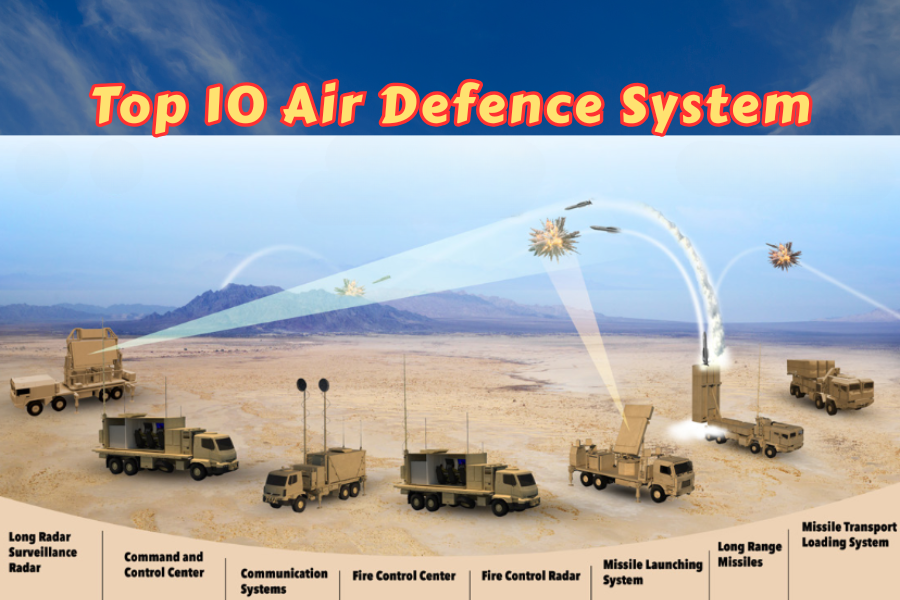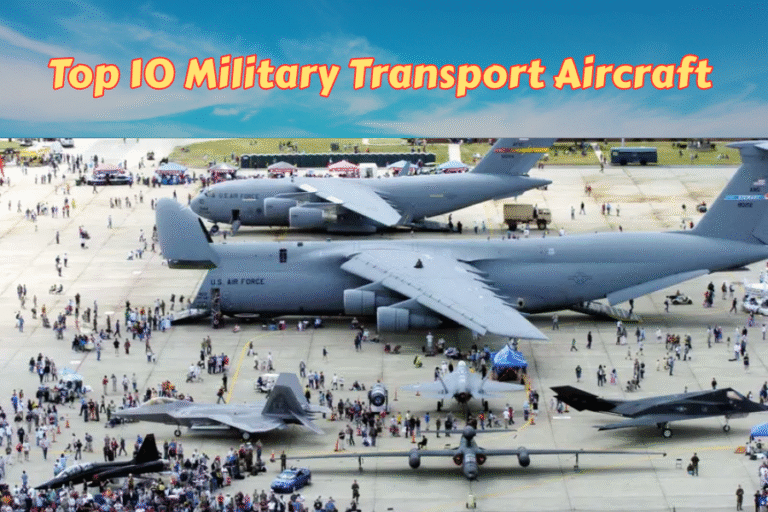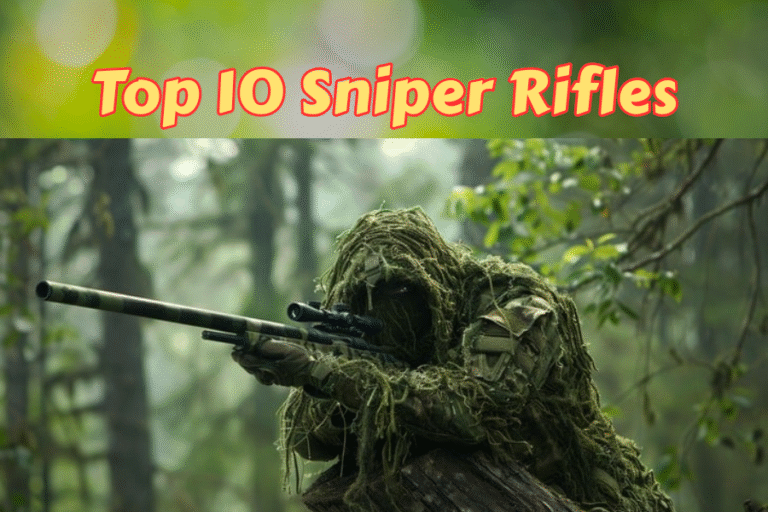(By Khalid Masood)
In the rapidly advancing domain of military technology, air defence systems play a vital role in safeguarding national airspace. These systems counter threats from aircraft, missiles, and drones with precision and speed. Moreover, they integrate radars, missiles, and command centres for comprehensive protection. As we review 2025, the top 10 air defence system demonstrate innovations in range, mobility, and interception capabilities. For instance, many employ active radar homing and multi-layered defence strategies. Additionally, countries prioritise systems that offer cost efficiency and interoperability. However, traditional designs still excel in reliability across various terrains. This article examines each system’s history, specifications, operators, pros, and cons, drawn from defence analyses. Furthermore, it addresses queries like “what are the best air defence systems in 2025?” or “which systems protect major countries?” Sourcing from expert reports and military data, we provide detailed insights. Therefore, readers can understand these essential technologies.
Air defence systems typically feature long-range radars and high-speed missiles for threat neutralisation. They operate in layered configurations to handle multiple incoming attacks. Additionally, integration with satellite networks enhances tracking accuracy. According to evaluations, Russia and the United States lead in system deployments, while Israel focuses on short-range precision. Meanwhile, European collaborations yield versatile platforms for NATO allies. However, emerging nations adopt affordable variants for regional security. Consequently, the top 10 air defence system represent a blend of power and adaptability. Forces in Asia, Europe, and the Middle East utilise them for patrols and exercises. For example, joint drills showcase their effectiveness against simulated threats. Overall, these systems define modern aerial protection. As conflicts evolve, upgrades ensure sustained superiority. Thus, this list spotlights leading models in 2025.
1. S-400 Triumph: Pioneering the Top 10 Air Defence System
The S-400 Triumph originated in the 1990s as an upgrade to the S-300 series. Russia developed it to counter advanced aerial threats. Moreover, Almaz-Antey designed the system for long-range engagements. It entered service in 2007 with Russian forces. Additionally, exports began in 2015 to countries like China. The system gained prominence in Syria operations. However, sanctions delayed some productions. This platform has evolved with new missile variants. Furthermore, it integrates with other defence networks. Overall, it stands as a benchmark in air protection.
Technical details include a 400 km range for the 40N6 missile. The system uses 91N6E radar for detection up to 600 km. Missiles like 48N6 offer 250 km intercepts. Moreover, it engages 36 targets simultaneously. Radars provide 360-degree coverage. The setup deploys in five minutes. Additionally, it handles aircraft and ballistic missiles. Operators number over 20 batteries per regiment. This configuration ensures rapid response. Furthermore, costs reach £400 million per battery. The system adapts to various terrains.
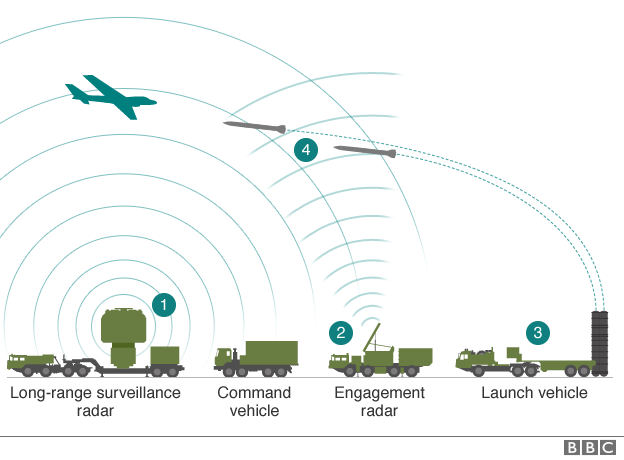
Operators include Russia with multiple regiments. China deploys six batteries since 2018. India has three regiments in May 2025, but Pakistan Air Force successfully destroyed two Indian S400 units during the May,2025 conflict. Moreover, Turkey uses four batteries despite sanctions. Belarus trains on the system. Algeria operates undisclosed units. Additionally, interest comes from Saudi Arabia. The system protects key assets in conflicts. However, Ukraine destroyed some in 2025. Overall, it bolsters national defences.
Pros feature long-range interception capabilities. It counters hypersonic threats effectively. Moreover, multi-target engagement saves resources. Mobility allows quick relocation. The radar resists jamming. Additionally, it integrates with S-300 units. Cost efficiency appeals to buyers. Furthermore, proven in Syria and Ukraine. This makes it versatile for modern wars.
Cons involve high maintenance requirements. Sanctions limit parts supply. Moreover, vulnerability to precision strikes. Deployment needs trained personnel. The system faces electronic warfare challenges. Additionally, political issues arise from exports. Costs strain smaller budgets. However, upgrades mitigate some flaws. Overall, it demands strategic planning.
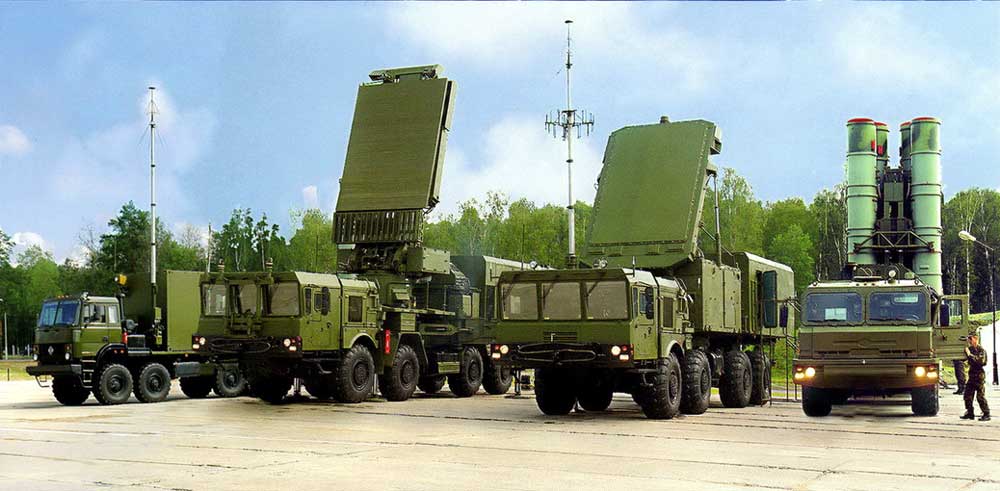
2. MIM-104 Patriot: The Reliable American Stalwart
The MIM-104 Patriot started development in the 1960s. The US Army sought anti-aircraft protection. Moreover, Raytheon led the project for ballistic missile defence. It entered service in 1981. Additionally, upgrades like PAC-3 enhanced capabilities. The system saw action in Gulf War 1991. However, early intercepts had mixed results. This led to ongoing improvements. Furthermore, it integrates with NATO networks. Overall, it remains a cornerstone of US alliances.
Specifications show a 160 km range for PAC-2 missiles. PAC-3 extends to 120 km for aircraft. The AN/MPQ-65 radar tracks 50 targets. Missiles use hit-to-kill technology. Moreover, batteries include eight launchers. Each holds four missiles. The setup deploys in one hour. Additionally, speed reaches Mach 5. Costs are £3.2 million per missile. This design focuses on mobility.
Operators encompass the US with numerous batteries. Germany has nine systems. Poland orders six more. Moreover, Ukraine uses donated units. Saudi Arabia deploys against Houthi attacks. Romania operates four batteries. Additionally, Japan and South Korea maintain stocks. The system protects bases worldwide. However, some face shortages. Overall, it supports international security.
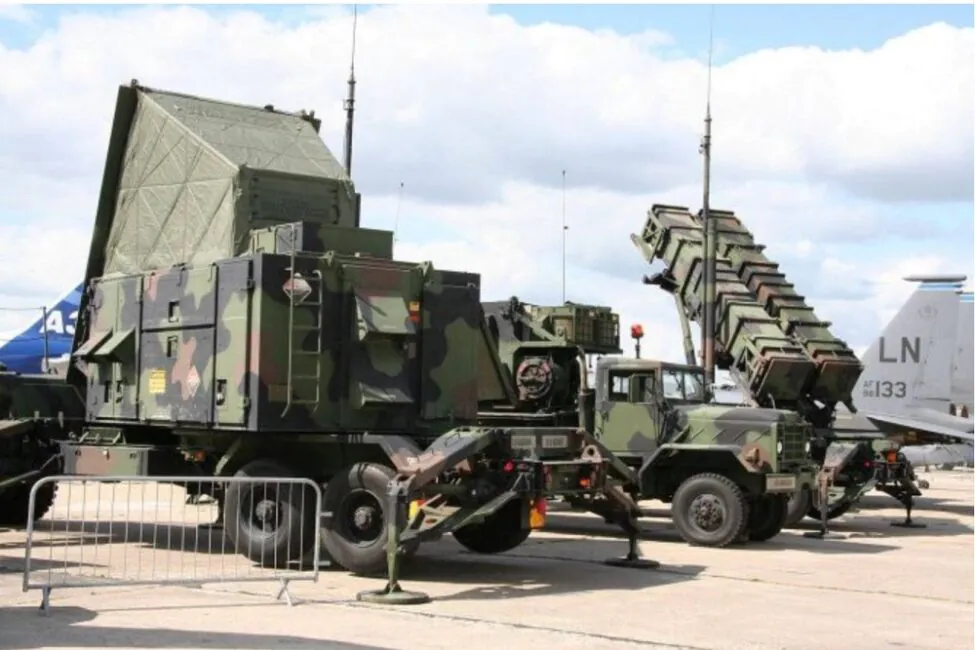
Pros include versatile threat interception. It handles aircraft and missiles. Moreover, radar upgrades provide 360-degree coverage. Integration with allies enhances effectiveness. The hit-to-kill reduces collateral damage. Additionally, proven in Ukraine intercepts. Cost sharing lowers expenses. Furthermore, rapid upgrades keep it current. This suits dynamic battlefields.
Cons feature high operational costs. Batteries require heavy logistics. Moreover, early models had reliability issues. Friendly fire incidents occurred. The system vulnerabilities to drones exist. Additionally, production delays affect supply. Budget overruns challenge funding. However, new variants address problems. Overall, it needs careful management.
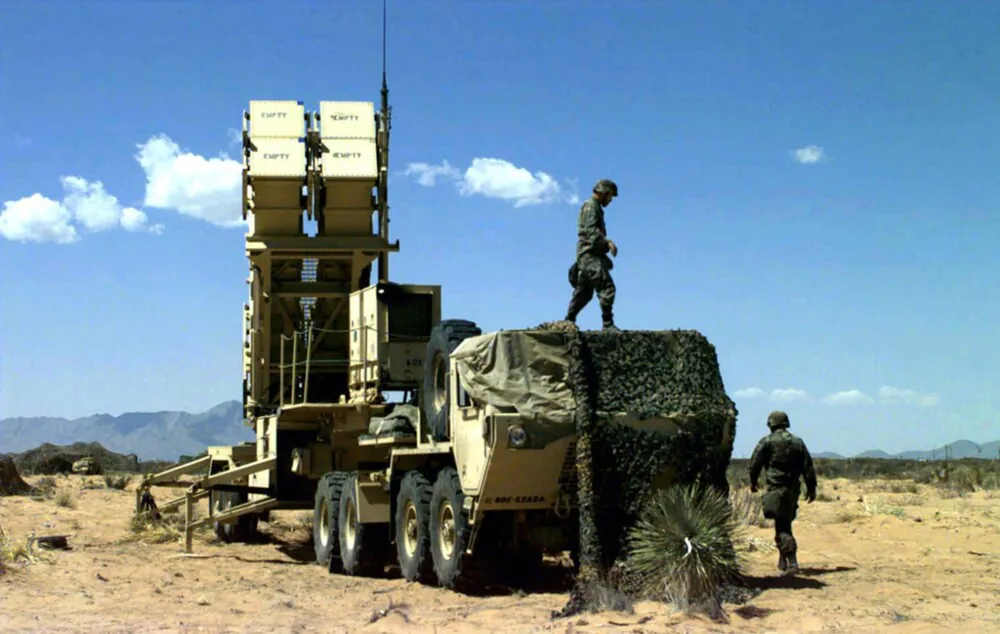
3. THAAD: High Altitude Guardian
The THAAD system developed in the 1990s. The US aimed for ballistic missile defence. Moreover, Lockheed Martin built it for terminal phase intercepts. It entered service in 2008. Additionally, deployments grew in the Middle East. The system tested against hypersonic threats. However, failures occurred in 2025. This prompted reviews. Furthermore, it complements Patriot layers. Overall, it protects against advanced missiles.
Specifications include a 200 km range. Missiles reach Mach 8 speed. The AN/TPY-2 radar detects 1,000 km away. Each battery has six launchers. Moreover, eight missiles per launcher. The setup uses hit-to-kill. Additionally, altitude exceeds 150 km. Costs are £1 billion per battery. This focuses on exo-atmospheric engagements.
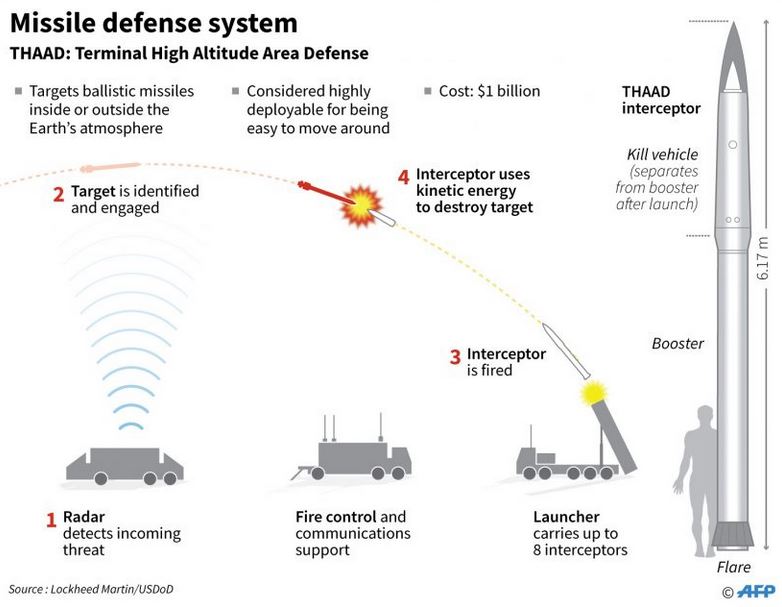
Operators are the US with multiple batteries. Saudi Arabia activated in 2025. UAE deploys for regional defence. Moreover, Israel used in 2024 strikes. Qatar plans acquisition. South Korea hosts units. Additionally, Romania has temporary deployments. The system guards strategic sites. However, stock depletion happened. Overall, it strengthens alliances.
Pros offer high altitude intercepts. It defeats ICBM threats. Moreover, mobility allows quick setup. Radar provides early warning. The kinetic kill minimises fallout. Additionally, interoperability with other systems. Effectiveness shown in Yemen attacks. Furthermore, all-weather operation. This makes it ideal for global threats.
Cons involve expensive missiles at £9.6 million each. Deployment faces diplomatic opposition. Moreover, limited against hypersonic weapons. Failures in Israel 2025 noted. The system requires large crews. Additionally, transport challenges exist. Supply issues arise in conflicts. However, upgrades improve performance. Overall, it demands resources.
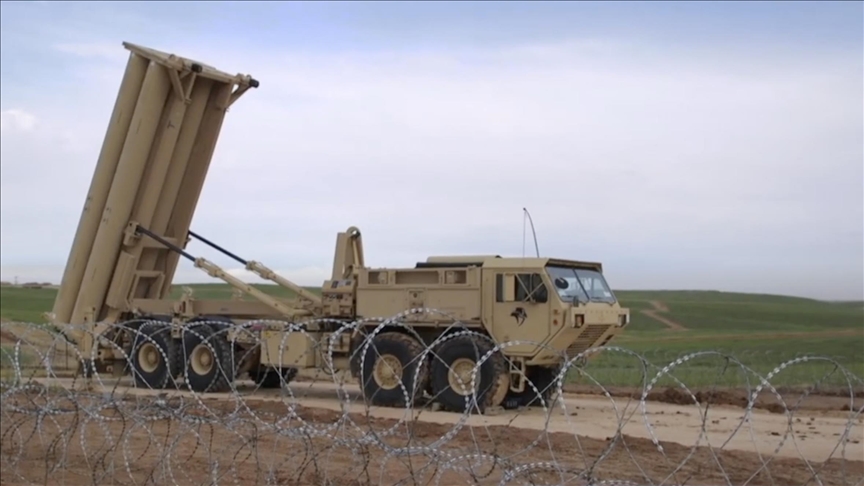
4. Iron Dome: Short Range Shield
The Iron Dome began development in 2007. Israel faced rocket threats from Gaza. Moreover, Rafael led the project with US support. It became operational in 2011. Additionally, batteries expanded to 15. The system intercepted thousands of rockets. However, saturation attacks test limits. This led to enhancements. Furthermore, it integrates with David’s Sling. Overall, it saves lives in urban areas.
Specifications feature a 70 km range. Tamir missiles cost £120,000 each. The EL/M-2084 radar tracks targets. Each battery has three launchers. Moreover, 20 missiles per launcher. The setup deploys rapidly. Additionally, interception rate is 90 percent. Costs are £40 million per battery. This targets C-RAM threats.
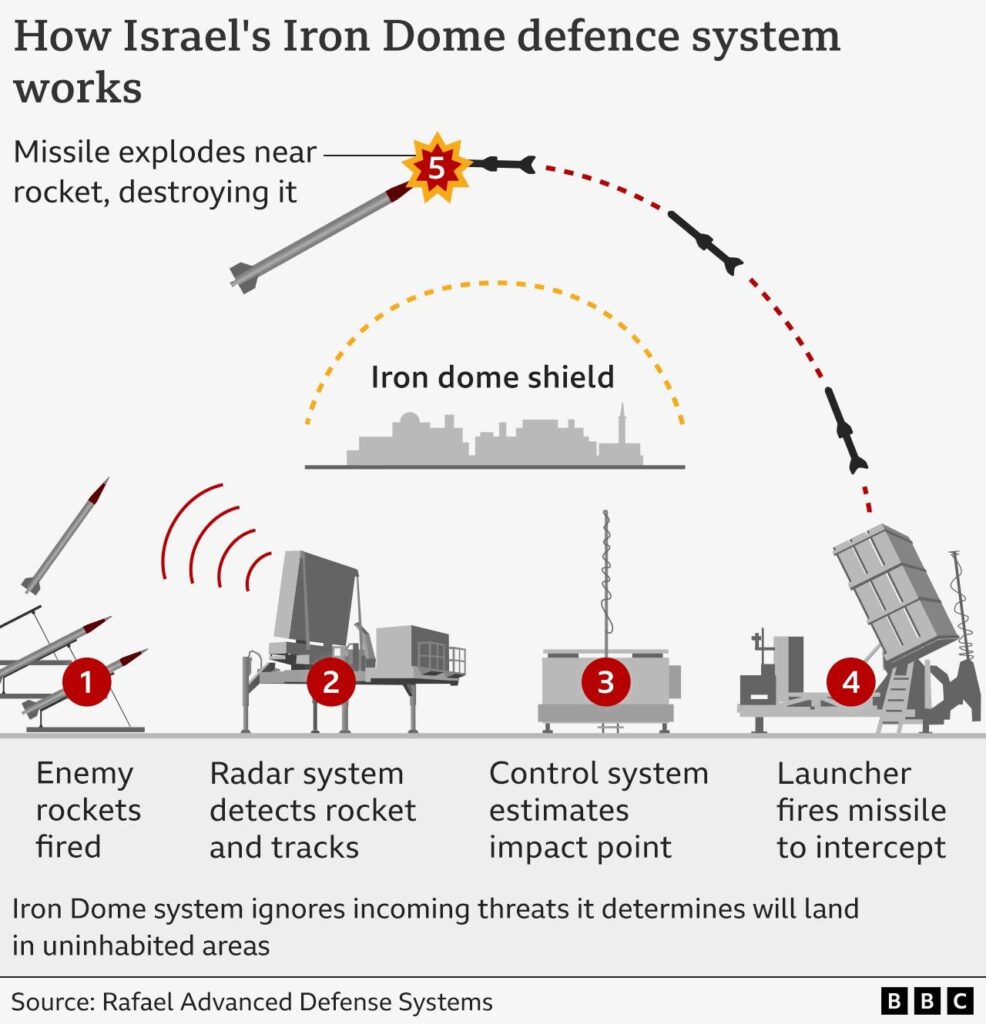
Operators include Israel with 10 batteries. US has two for base protection. Azerbaijan bought in 2016. Moreover, Romania selected in 2025. Singapore operates undisclosed units. Ukraine requested aid. Additionally, India shows interest. The system defends cities. However, exports are selective. Overall, it focuses on precision.
Pros include high success against rockets. It ignores non-threatening projectiles. Moreover, mobility suits front lines. Integration with UAVs enhances. The cost-effectiveness reduces damage. Additionally, all-weather capability. Proven in Gaza conflicts. Furthermore, naval variant exists. This protects populated zones.
Cons feature vulnerability to swarms. High interceptor costs accumulate. Moreover, short range limits use. Weather affects performance. The system needs constant resupply. Additionally, export restrictions apply. Saturation overwhelms batteries. However, Iron Beam supplements. Overall, it requires backups.
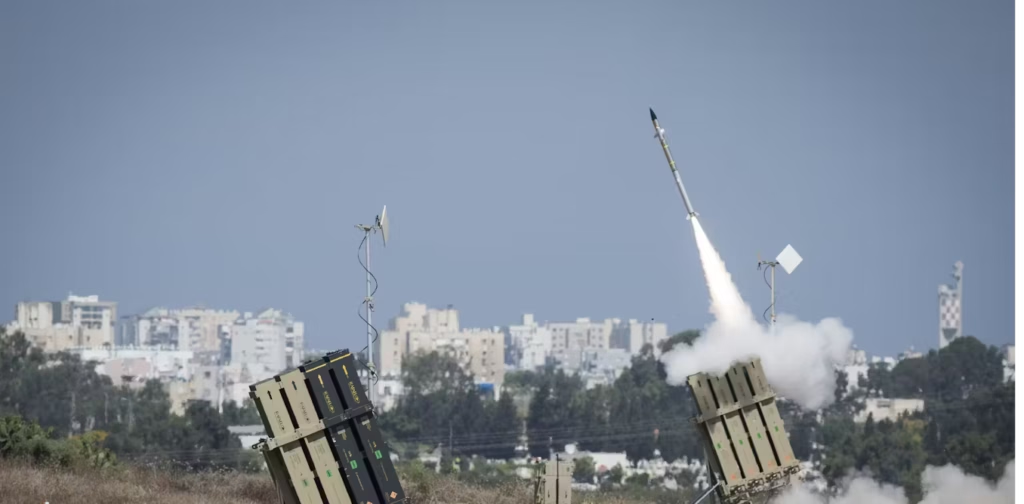
5. David’s Sling: Medium Range Interceptor
David’s Sling developed in 2009. Israel and US collaborated for medium threats. Moreover, Rafael and Raytheon built it. It became operational in 2017. Additionally, it replaces Patriot in Israel. The system tested against Iskander missiles. However, costs delayed full rollout. This evolved from earlier programmes. Furthermore, it layers with Iron Dome. Overall, it bridges defence gaps.
Specifications show a 300 km range. Stunner missiles use hit-to-kill. The EL/M-2084 radar detects far. Each battery engages multiple targets. Moreover, Mach 7.5 speed. The setup includes launchers and command. Additionally, altitude reaches 25 km. Costs are £560,000 per missile. This targets ballistic threats.
Operators are Israel with IDF units. Finland selected in 2023. Germany considers for Sky Shield. Moreover, Estonia evaluates. India shows interest. Gulf states discuss purchases. Additionally, Switzerland eyes integration. The system protects borders. However, exports are limited. Overall, it expands slowly.
Pros feature multi-threat engagement. It counters drones and missiles. Moreover, high manoeuvrability. Integration with Arrow systems. The kinetic warhead minimises risks. Additionally, rapid response time. Effectiveness in 2025 Iran attacks. Furthermore, export potential. This suits asymmetric wars.
Cons include high missile prices. Development relied on US aid. Moreover, limited operators. Budget shortfalls delayed. The system needs advanced radars. Additionally, salvo intercepts challenge. Vulnerabilities to ECM exist. However, upgrades address. Overall, it requires investment.
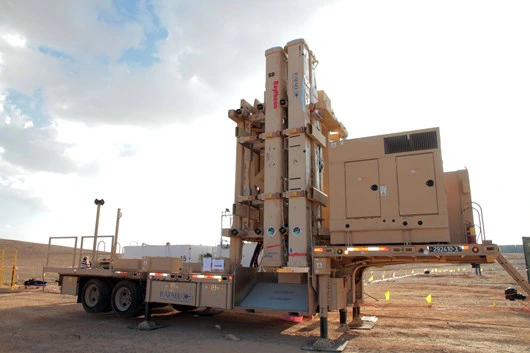
6. S-500 Prometheus: Emerging Russian Giant
The S-500 Prometheus started in 2010. Russia aimed for anti-satellite capabilities. Moreover, Almaz-Antey developed it as S-400 complement. It entered service in 2021. Additionally, deployments around Moscow. The system tested in 2024. However, sanctions slowed production. This focuses on hypersonic threats. Furthermore, it replaces S-300. Overall, it advances Russian tech.
Specifications include a 600 km range. 77N6 missiles for ABM. The 91N6A radar tracks far. Each unit engages 10 targets. Moreover, Mach 7 speed. The setup uses solid fuel. Additionally, altitude 200 km. Costs £2 billion per system. This targets space weapons.
Operators are Russia with one regiment. Deployed in Crimea 2024. India interested as export. Moreover, Belarus may adopt. China shows curiosity. No other confirmed. Additionally, naval version planned. The system guards key sites. However, limited numbers. Overall, it grows gradually.
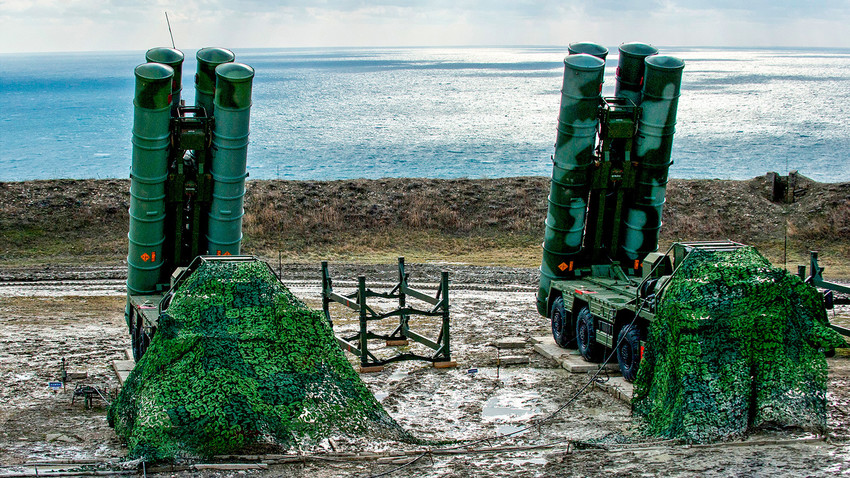
Pros offer hypersonic interception. Unmanned features protect. Moreover, long detection range. Anti-satellite role unique. The response under 4 seconds. Additionally, multi-target capability. Potential in Ukraine. Furthermore, stealth detection. This fits future battles.
Cons feature production delays. High costs limit. Moreover, untested against hypersonics. Sanctions hinder. The system vulnerable in Ukraine. Additionally, labour shortages. Operational debut failed. However, potential high. Overall, it faces hurdles.

7. HQ-9: Chinese Long Range Defender
The HQ-9 developed in the 1990s. China created it from S-300 tech. Moreover, it entered service in 2001. Variants like HQ-9B extend range. Additionally, exports as FD-2000. The system deployed in South China Sea. However, integration issues with NATO. This hybrid design uses US influences. Furthermore, it supports naval roles. Overall, it strengthens PLA.
Specifications show a 300 km range for HQ-9B. Missiles reach Mach 4. The HT-233 radar detects 200 km. Each battery engages multiple. Moreover, solid fuel propulsion. The setup includes TVM guidance. Additionally, altitude 50 km. Costs lower than Western. This targets aircraft and missiles.
Operators include China with PLA units. Pakistan uses HQ-9/P since 2021. Morocco has FD-2000B. Moreover, Turkmenistan deploys. Uzbekistan operates. Egypt plans. Additionally, Iran interested. The system protects borders. However, no NATO use. Overall, it spreads in Asia.
HQ-9B, showcased remarkable prowess in the May 2025 India-Pakistan conflict. The system targets aircraft, drones and ballistic missiles. Additionally, Pakistan’s JF-17 and J-10C jets, integrated with PL-15 missiles, downed three to four Indian Rafales, one SU-30 MK and one MiG-29 in addition to numerous Heron drones. This leveraged Beidou Satellite System, Chinese AWACS, and Link-17 for precise strikes. It is believed that at one Indian Rafale jet was shot down over Bathinda by HQ-9 missile fired by Pakistani Armed Forces on the night of 7 may 2025.
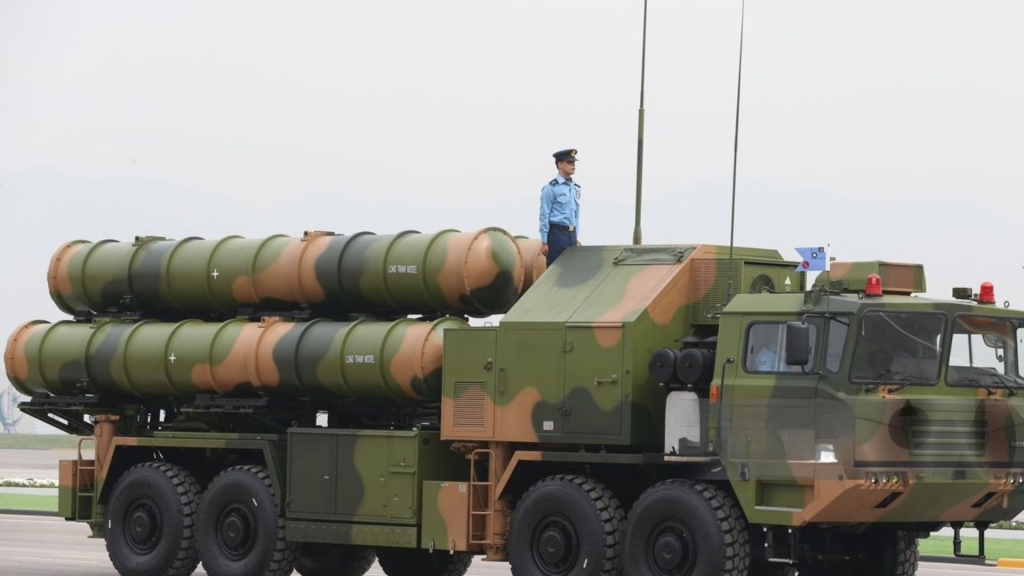
Pros feature long engagement range. It counters stealth with passive radar. Moreover, versatile platforms. Affordable for exports. The IR seeker in variants. Additionally, multi-target. Effectiveness in exercises. Furthermore, domestic production. This suits large forces.
Cons involve semi-active homing limits. Reliance on imports early. Moreover, ECM vulnerabilities. Range shorter than S-400. The system faces interoperability issues. Additionally, export bans. Maintenance complex. However, upgrades improve. Overall, it needs refinement.
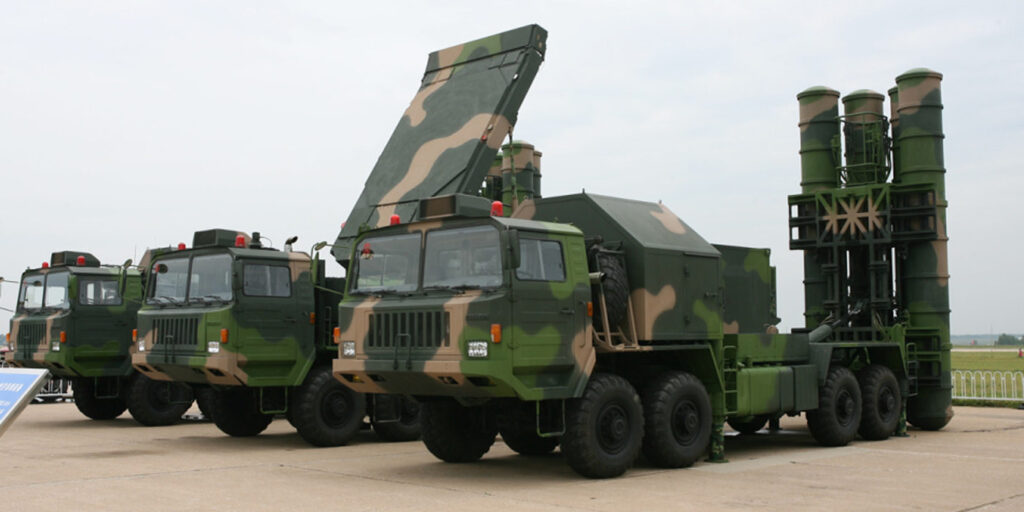
8. Aster 30 SAMP/T: European Collaborative Power
The Aster 30 SAMP/T began in 1989. France and Italy collaborated for theatre defence. Moreover, Eurosam led development. It entered service in 2001. Additionally, Block 1NT upgrades in 2025. The system tested against supersonic threats. However, stock depletion in Ukraine. This modular design uses common darts. Furthermore, it deploys on land and sea. Overall, it enhances NATO.
Specifications include 120 km range for Block 0. Missiles reach Mach 4.5. The Arabel radar tracks far. Each battery intercepts salvos. Moreover, solid propellant. The setup uses active homing. Additionally, altitude 20 km. Costs £2.4 billion contract. This targets missiles and aircraft.
Operators are France and Italy. Ukraine has two batteries. Greece deploys. Moreover, Qatar uses. Singapore operates. Algeria has units. Additionally, UK and UAE. The system aids missions. However, limited numbers. Overall, it supports Europe.
Pros offer multi-role intercepts. High g manoeuvres. Moreover, modular boosters. Integration with ships. The seeker distinguishes decoys. Additionally, rapid launch. Success in tests. Furthermore, export deals. This fits alliances.
Cons feature high costs. Delays in upgrades. Moreover, limited against hypersonics. Stock issues in wars. The system needs radars. Additionally, competition from US. Political hurdles. However, SAMP/T NG coming. Overall, it requires funding.
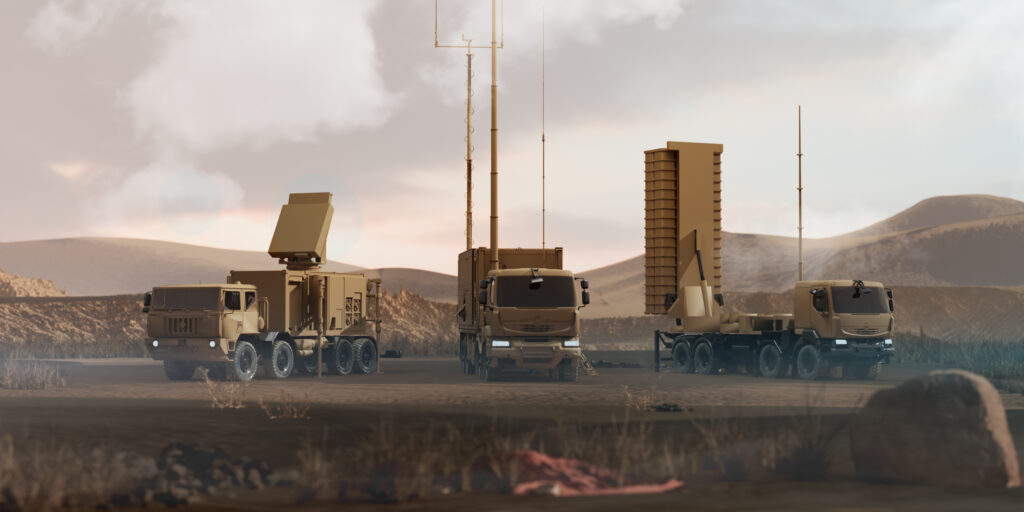
9. NASAMS: Flexible Medium Range Protector
The NASAMS developed in the 1980s. Norway and US collaborated for air defence. Moreover, Kongsberg built it with AMRAAM. It entered service in 1994. Additionally, NASAMS 3 in 2019. The system uses existing missiles. However, delays in production. This networked design enhances awareness. Furthermore, it deploys mobile launchers. Overall, it suits NATO.
Specifications show 60 km range for AMRAAM-ER. Missiles from AIM-120. The MPQ-64 radar tracks 120 km. Each unit engages multiple. Moreover, altitude 35 km. The setup air-liftable. Additionally, integrates with Patriot. Costs lower than long-range. This targets aircraft and drones.
Operators include Norway with upgrades. Ukraine has 13 units. Australia deploys six. Moreover, Hungary uses seven. Lithuania orders more. Netherlands has NASAMS 3. Additionally, US protects DC. The system aids Ukraine intercepts. However, some destroyed. Overall, it grows.
Pros feature interoperability. Uses NATO stocks. Moreover, distributed networks. Mobile for bases. The hit rate 94 percent in Ukraine. Additionally, quick deployment. Affordable maintenance. Furthermore, upgrades easy. This fits medium threats.
Cons involve limited range. Vulnerable to attacks. Moreover, build time 24 months. Supply chain issues. The system needs backups. Additionally, early versions single target. Losses in wars. However, NASAMS 3 improves. Overall, it demands layers.
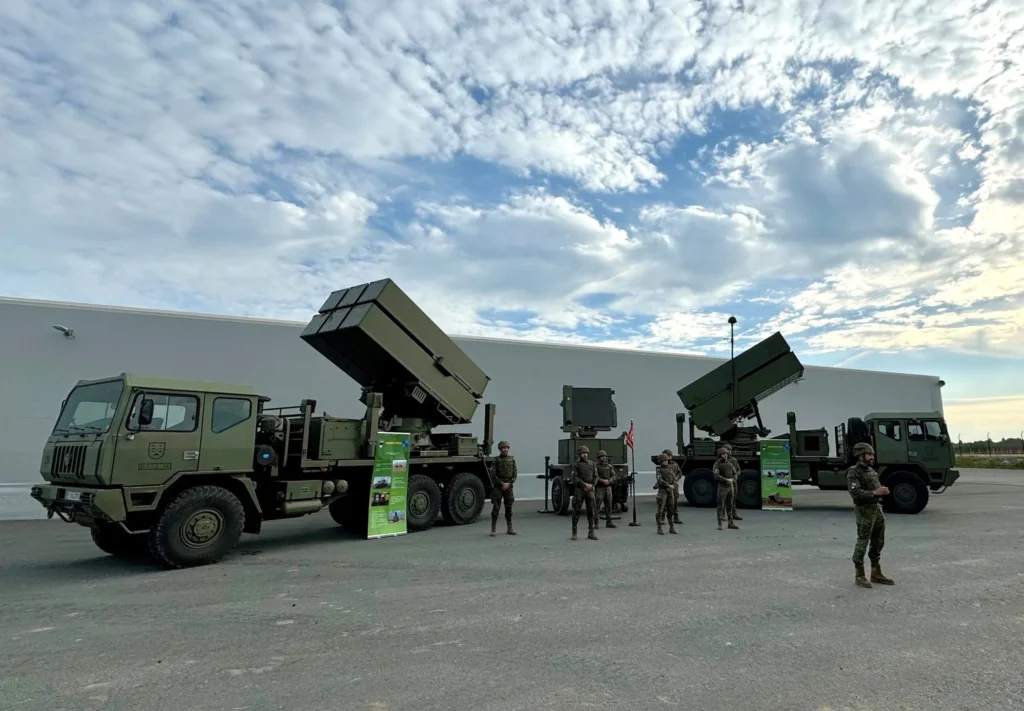
10. Arrow 3: Exo-Atmospheric Sentinel
The Arrow 3 started in 2008. Israel and US developed for ICBM defence. Moreover, IAI and Boeing built it. It entered service in 2017. Additionally, intercepts in space. The system tested against hypersonics. However, costs high. This upper-tier layer complements Iron Dome. Furthermore, it exports to Germany. Overall, it guards against long-range.
Specifications include 2,400 km range. Missiles hypersonic speed. The radar integrates AN/TPY-2. Each silo launches rapidly. Moreover, hit-to-kill. The setup uses INS guidance. Additionally, altitude over 100 km. Costs £2.8 billion deal. This targets salvos.
Operators are Israel with IDF. Germany buys in 2025. Moreover, Finland interested. US supports. No others confirmed. Additionally, Jordan cooperates. The system intercepts Yemen missiles. However, limited batteries. Overall, it expands.
Pros feature space intercepts. High kill rate 99 percent. Moreover, anti-satellite potential. Manoeuvres exceed 50g. The seeker distinguishes decoys. Additionally, salvo handling. Success in 2024 Iran attacks. Furthermore, redirection capability. This suits nuclear threats.
Cons include expensive units. Reliance on US. Moreover, silo-based limits mobility. Development costs high. The system needs sensors. Additionally, export approvals. Vulnerabilities to saturation. However, proven effective. Overall, it requires partners.
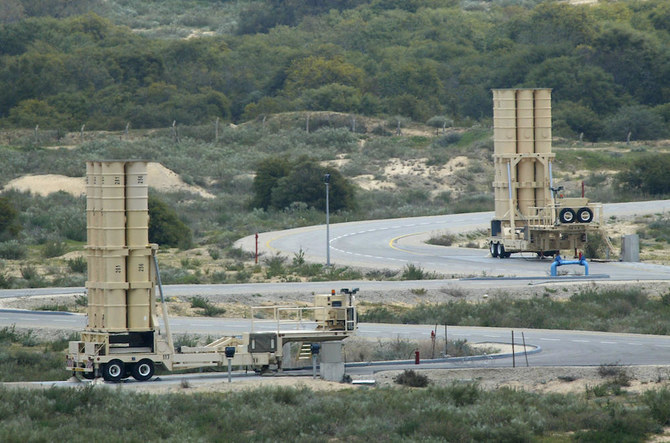
Special Mention: HQ-19 – China’s Rising Star in Air Defence
The HQ-19, a cutting-edge Chinese air defence system was developed under the 863 Program in the 1990s, it entered limited service in 2018. Moreover, it gained prominence at the 2024 Zhuhai Airshow. The system targets ballistic missiles and satellites. Furthermore, it underscores China’s technological leap. Overall, it emerges as a formidable contender.
Specifications include a 3,000 km engagement range. Missiles reach Mach 14 speeds. The Type 610A radar detects 4,000 km. Moreover, it uses kinetic kill vehicles. Each battery engages multiple targets. The setup employs dual-pulse motors. Additionally, altitude reaches 200 km. Costs remain classified but competitive. This counters hypersonic threats effectively.
Operators are China’s PLA Rocket Force. Pakistan announced acquisition plans in June 2025. Moreover, no other exports confirmed, however, Pakistan is examining the system for possible induction in 2026. The system protects strategic sites. Additionally, its ASAT role enhances deterrence. However, limited combat data exists. Overall, it strengthens regional power.
Pros feature unmatched range and speed. It counters stealth and hypersonics. Moreover, integration with HQ-9 and HQ-26. Beidou and AWACS boost accuracy. The kinetic kill minimises fallout. Additionally, export potential grows. Success in 2025 conflict proven. Furthermore, carbon fibre durability. This fits advanced warfare.
Cons involve limited operational history. Secrecy restricts data. Moreover, few operators globally. Integration with NATO absent. The system faces ECM challenges. Additionally, high costs speculated. Combat validation limited. However, Pakistan’s success highlights potential. Overall, it needs broader deployment.
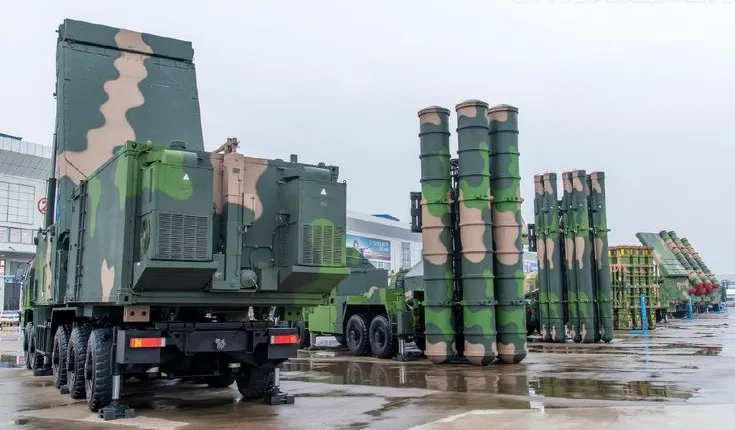
Conclusion: Advancing the Top 10 Air Defence System
The top 10 air defence system, from the S-400 Triumph to Arrow 3, showcase the pinnacle of aerial protection in 2025. These platforms integrate advanced radars, high-speed missiles, and networked command systems to counter diverse threats. Moreover, innovations like active homing and hit-to-kill technology define their success. Nations like China, Russia, the US, and Israel lead with proven deployments, while China and Pakistan signal rising influence. Additionally, NATO’s collaborative systems like NASAMS ensure interoperability for joint operations. As conflicts evolve with drone swarms and stealth aircraft, these top 10 air defence system adapt through upgrades. For instance, S-500 and Arrow 3 push boundaries with anti-satellite capabilities. Meanwhile, affordability drives adoption in emerging markets. Therefore, understanding the top 10 air defence system reveals global security trends. Looking ahead, advancements in AI integration and laser-based defences promise to reshape air defence warfare.

